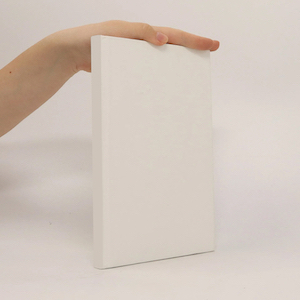Das Buch ist derzeit nicht auf Lager

Mehr zum Buch
Focusing on the groundbreaking contributions of Professor Jacob T. Schwartz, this text explores computational logic and set theory through the lens of proof verification techniques. It introduces the ÆtnaNova system, a prototype for verifying mathematical proofs in set theory. Key topics include leveraging first-order theories for reasoning in computer science and mathematics, automated proof verification for large software systems, and critical proof-engineering issues. An appendix provides formalized proofs of ordinals, transitive closure properties, induction principles, and Zorn's lemma.
Buchkauf
Computational Logic and Set Theory, Jacob T. Schwartz, Domenico Cantone, Eugenio G. Omodeo
- Sprache
- Erscheinungsdatum
- 2011
- product-detail.submit-box.info.binding
- (Hardcover)
Wir benachrichtigen dich per E-Mail.
Lieferung
- Gratis Versand in ganz Deutschland!
Zahlungsmethoden
Keiner hat bisher bewertet.
